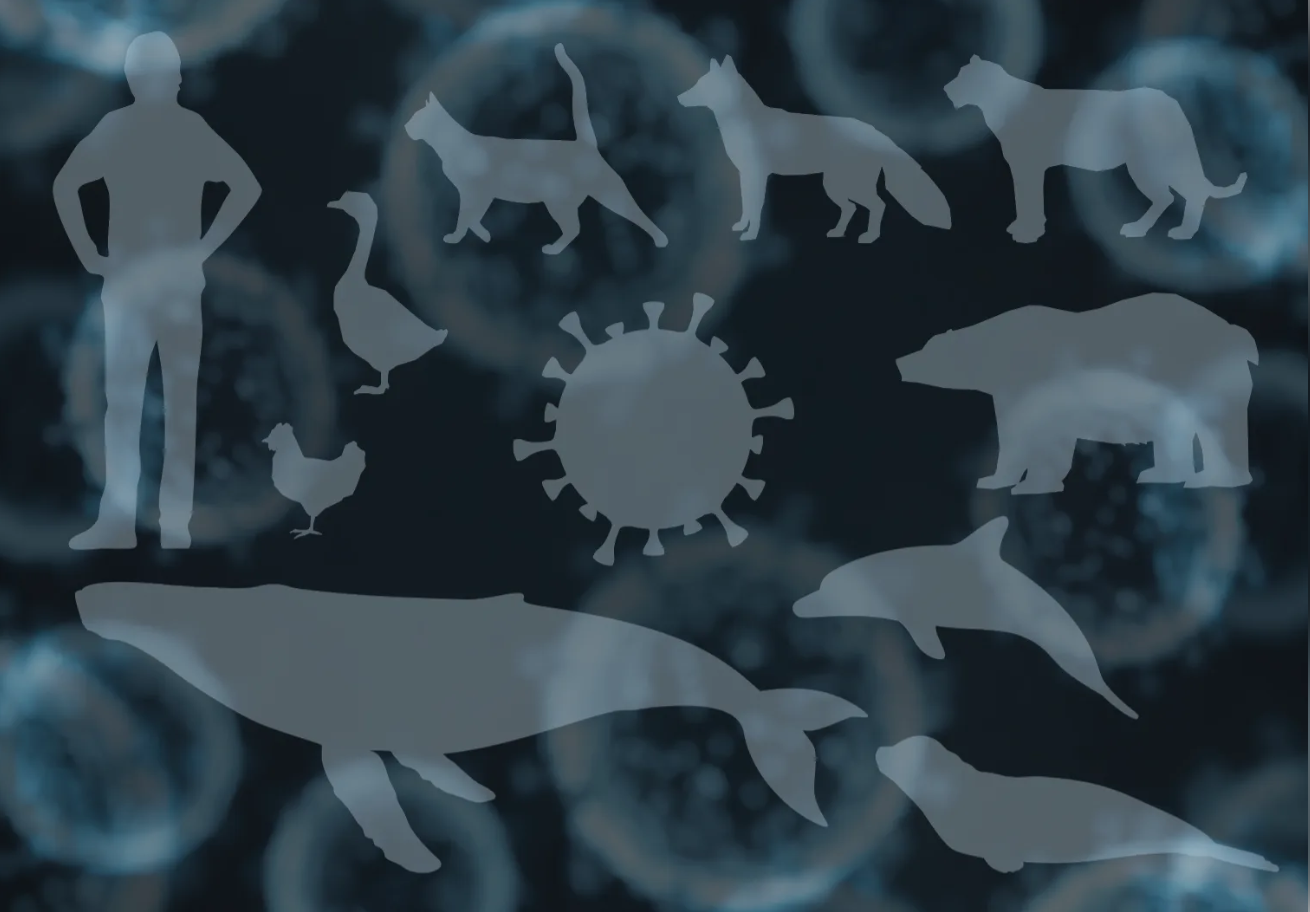Chemicals are routinely tested on lab mice before they’re
placed
on the market. A new technique used in a University of Georgia
lab may reduce the number of mice needed for testing.
Phil Williams, an environmental health scientist with the UGA
College of Agricultural and Environmental Sciences, uses
microscopic
worms called nematodes to determine the toxicity of
chemicals.
Worms Cost Less and Work Better
“When new chemicals are developed, at some point, animal
testing is required,” Williams said. Using animals in
testing
requires proper facilities and a lot of money.
“Plus, many people don’t like mice, or any animals with
fur, being used for these tests,” he said
The nematode Williams uses, Caenorhabditis, is found
naturally in the soil. Its nervous system functions much like
that of humans. “It can’t show everything in relation to
humans, but there’s a lot we can learn from it,” Williams
said.
Mice and rats, most commonly used for laboratory testing,
aren’t
always the best choices. “The closer biologically an animal
is to a human, the more likely we can predict human
reactions,”
he said.
Won’t Replace Higher Animals
Williams is finding nematodes very effective in early stages
of toxicity testing. But he doesn’t expect them to replace other
animals entirely.
“At some point, higher animals are always going to have
to be used,” he said. “There are some things you just
can’t learn without using higher animals.
Nematodes’ effectiveness in testing for toxicity could reduce
the number of new chemicals tested.
“A company could make a thousand new chemicals and could
never afford to screen them all using higher animals,” he
said. “Using the nematode, we can easily and quickly
determine
which new chemicals to continue testing.”
For chemical testing, nematodes are still in the development
stages. But on the environmental side, they’re much closer to
being used outside the lab.
Quicker Soil Tests In Less
Soil
“Since
it’s a soil organism, I’ve use it to predict environmental
affects
of chemical exposures,” Williams said. He also uses them
when testing soil samples for toxicity.
Earthworms are used for soil tests, too, but they require a
larger soil sampling, and results take up to 14 days. The
nematode
test uses just 3 grams of soil and gives results in 24 hours.
“Earthworms require about 400 grams of soil for
testing,”
Williams said. “When you’re working with hazardous soil,
you’d much rather work with just 3 grams.”
Analytical soil tests are so advanced they can detect minute
amounts of chemicals on a site. But detection isn’t enough.
“The biological effects to humans and animals aren’t
answered
by these tests,” he said. “You have to use organisms
to see what the biological effect will be.”
In December, the American Society for Testing Materials plans
to vote on adopting the use of nematodes for soil testing.
Used For Food Science Testing
Too
Nematodes may have other uses, too. Williams is working with
UGA food scientists to detect food-borne pathogens. Nematodes
appear to have great potential in detecting clostridium
botulinum,
the organism that causes botulism.
“Botulism affects the nervous system, which makes the
nematode a perfect testing specimen,” he said.
Williams also uses nematodes to test new medical imaging
agents
for a pharmaceutical company. “These agents are taken
internally
for medical diagnostics and then traced through the body,”
he said. “The company can chemically make these products
fairly easily, but screening and approval is a long
process.”
Nematodes can greatly streamline the screening.
In the future, Williams sees nematodes greatly reducing the
number of mice and rats used in laboratory testing.
“You could release a chemical into the environment for
20 to 30 years and then look back and see what the effects were,
but that’s not ethical,” Williams said. “You could
expose
humans to the chemicals, but we would never do that. So we have
to use animal models to try to help us predict effects.”




